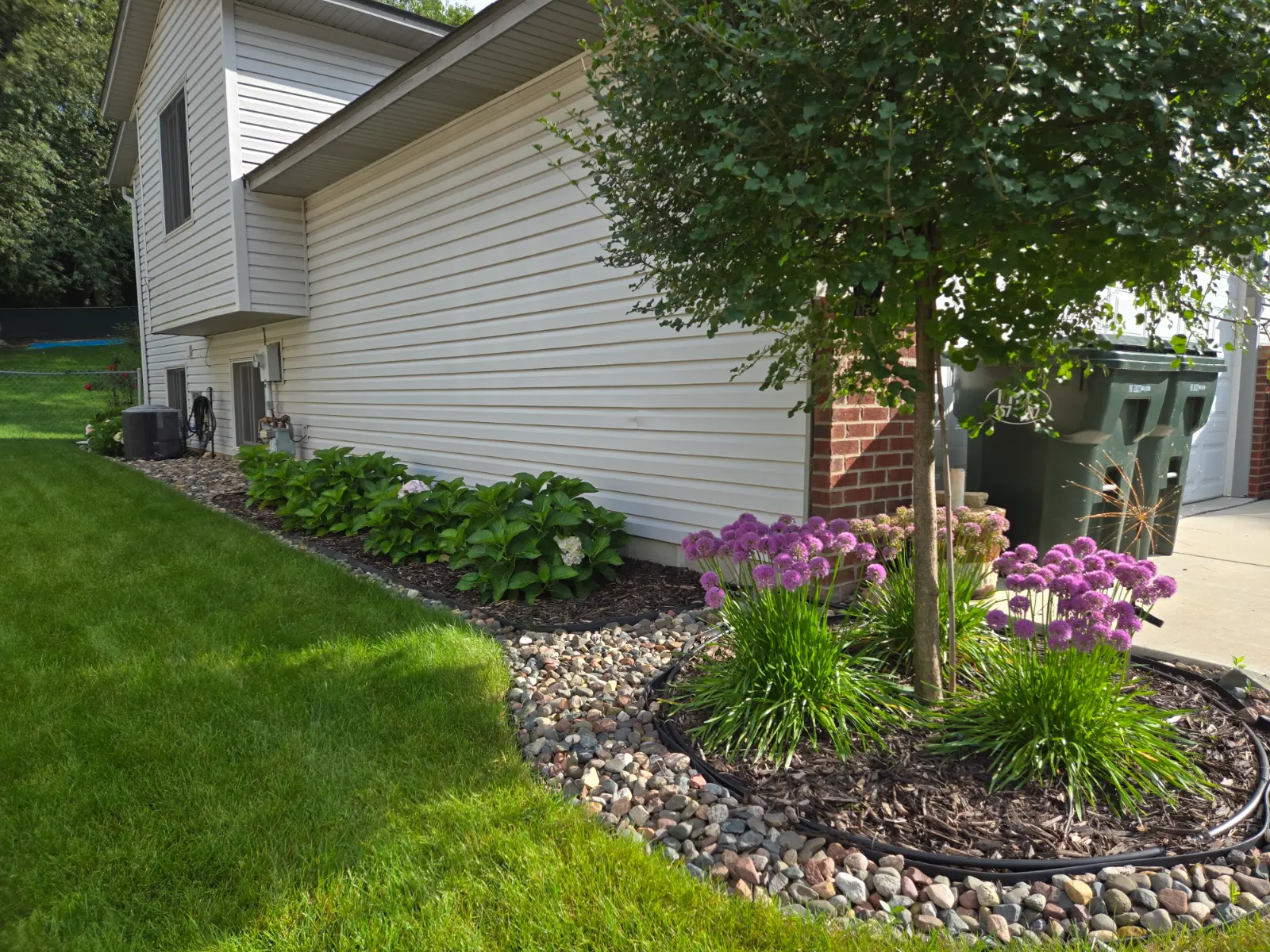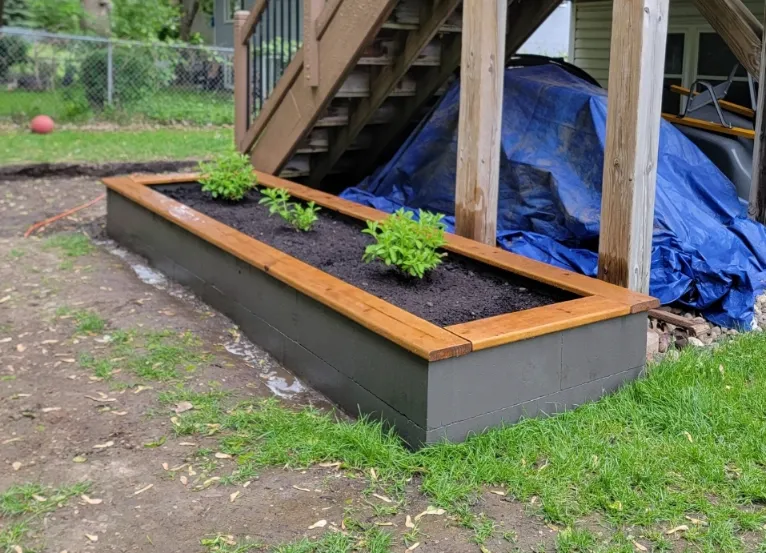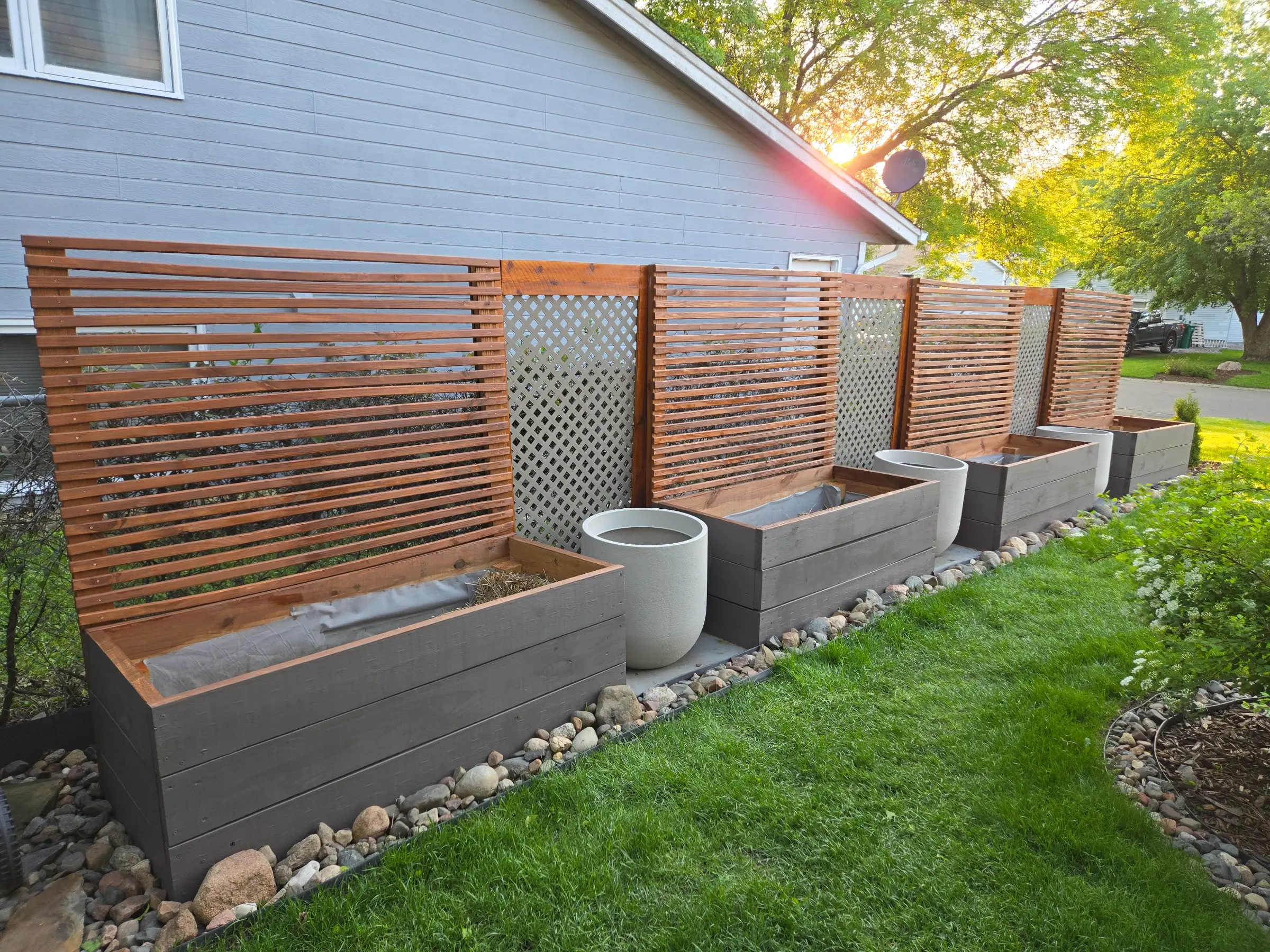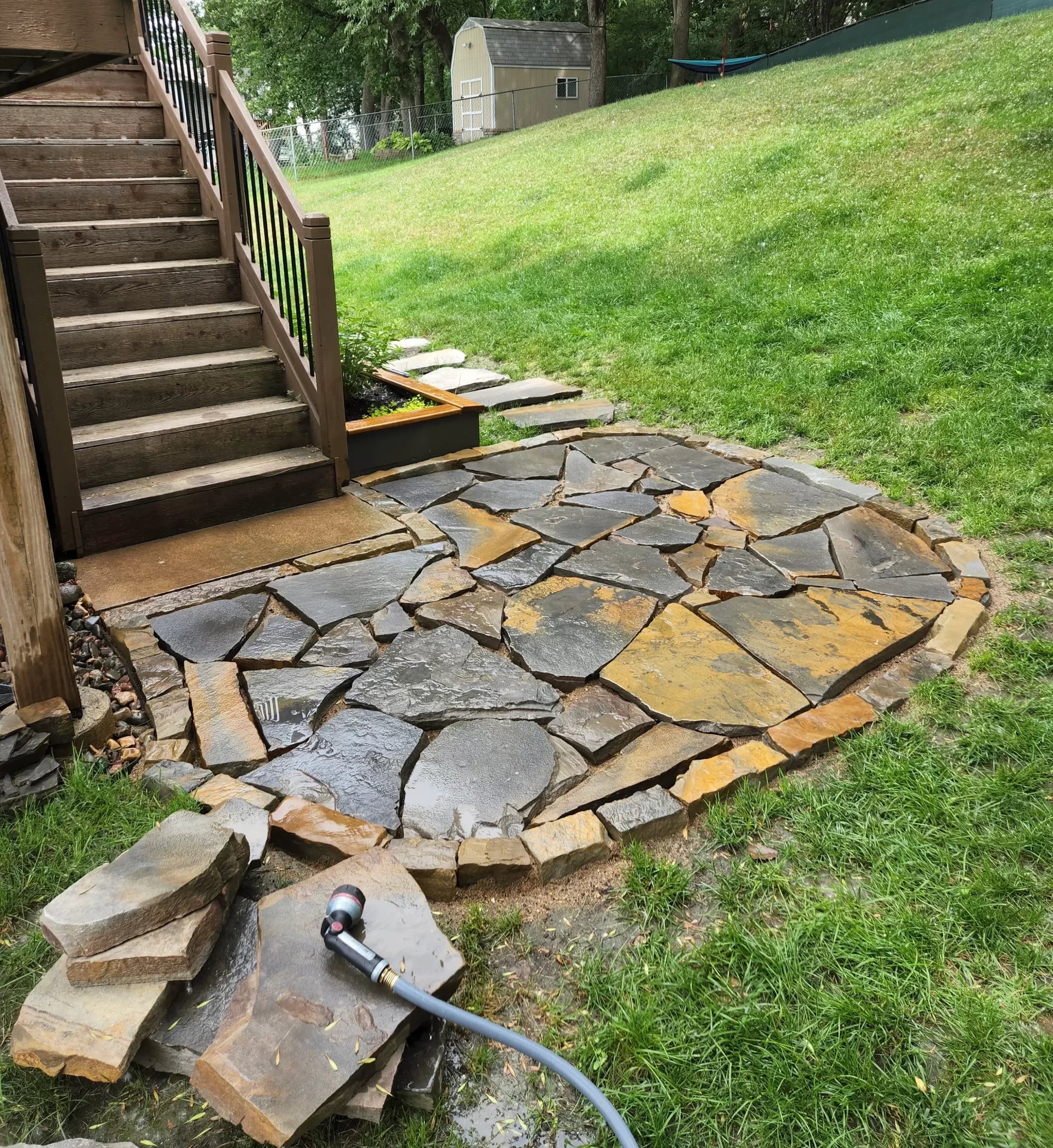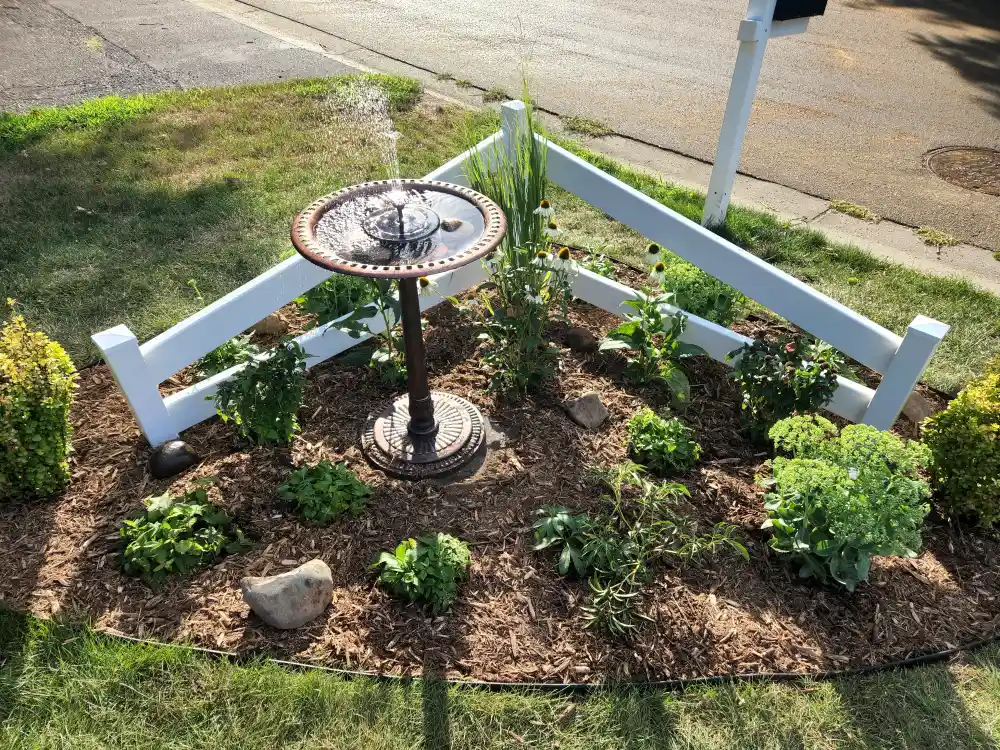THIS WEBSITE IS STILL BEING WORKED ON – PLEASE KNOW THE CONTENT IS NOT READY BUT CURRENTLY BEING ADDED FOR PLANNING PURPOSES. THANK YOU FOR UNDERSTANDING.
In the hustle and bustle of modern life, it’s easy to forget the profound impact that small, intentional acts can have on the world around us. One such act is the creation of a pollinator garden—an oasis of vibrant colors, fragrant blooms, and buzzing activity that not only enhances the beauty of your outdoor space but also plays a crucial role in supporting declining pollinator populations. In this guide, we’ll explore the joys of building your own pollinator garden and discover the key plants that will attract and sustain these vital creatures: autumn joy, salvia, peonies, and echinaceas.
Why Pollinator Gardens Matter
Before delving into the specifics of plant selection and garden design, let’s take a moment to understand why pollinator gardens are so important. Pollinators, including bees, butterflies, birds, and other insects, play a fundamental role in the reproduction of flowering plants. They transfer pollen from one flower to another, facilitating fertilization and the production of fruits and seeds. This process is not only essential for the survival of many plant species but also for the production of much of the food we eat.
However, pollinator populations worldwide are facing significant challenges, including habitat loss, pesticide use, and climate change. By creating a pollinator garden, you can provide these vital creatures with a safe haven, offering abundant food sources and shelter while contributing to the conservation of biodiversity.
Designing Your Pollinator Paradise
The first step in creating your pollinator garden is to choose a suitable location. Ideally, select a sunny spot with well-drained soil, as most pollinator-friendly plants thrive in these conditions. Next, consider the layout of your garden, keeping in mind the needs of both pollinators and humans. Incorporate pathways and seating areas to allow for easy access and enjoyment, and aim for a mix of heights, textures, and colors to create visual interest throughout the seasons.
Now, let’s turn our attention to the stars of the show—the plants. Here are four essential species to include in your pollinator garden:
1. Autumn Joy (Sedum spectabile)
Autumn joy, also known as stonecrop, is a hardy perennial prized for its late-season blooms and resilience in challenging conditions. Its clusters of tiny pink flowers appear in late summer to fall, providing a valuable food source for bees and butterflies when other plants may be fading. Additionally, the dried flower heads of autumn joy can provide winter interest and habitat for overwintering insects.
2. Salvia (Salvia spp.)
Salvias, commonly known as sage, are a diverse group of plants with a wide range of species and cultivars suitable for pollinator gardens. Their tubular flowers come in an array of colors, including vibrant blues, purples, and reds, and are particularly attractive to hummingbirds and butterflies. Salvia’s aromatic foliage also acts as a natural deterrent to deer and rabbits, making it a valuable addition to any garden.
3. Peonies (Paeonia spp.)
Few plants evoke the nostalgia and romance of the traditional cottage garden like peonies. These long-lived perennials produce large, showy blooms in a rainbow of hues, from delicate pastels to bold, saturated tones. While peonies are primarily insect-pollinated, their abundant nectar attracts a variety of pollinators, including bees and butterflies. Plant them in a sunny spot with well-drained soil, and enjoy their exquisite beauty for years to come.
4. Echinaceas (Echinacea spp.)
Echinaceas, also known as coneflowers, are beloved for their daisy-like flowers and medicinal properties. These native North American plants are a favorite of bees and butterflies, who are drawn to their nectar-rich blooms. Echinaceas are also remarkably drought-tolerant once established, making them an excellent choice for low-maintenance pollinator gardens. Choose from a variety of species and cultivars, ranging from the classic purple coneflower to unique hybrids in shades of pink, orange, and yellow.
Caring for Your Pollinator Garden
Once your pollinator garden is established, ongoing care is relatively straightforward. Regular watering, especially during dry spells, will help keep your plants healthy and blooming. Deadheading spent flowers will encourage continuous blooming and prevent self-seeding in more aggressive species. Additionally, consider leaving some areas of your garden undisturbed to provide habitat for ground-nesting bees and other beneficial insects.
Finally, take the time to observe and appreciate the vibrant tapestry of life that unfolds in your pollinator garden. Whether you’re marveling at the delicate dance of a butterfly or simply enjoying the tranquility of nature, know that your efforts are making a meaningful difference in the world around you.
In conclusion, building a pollinator garden is not just about creating a beautiful outdoor space—it’s a tangible way to support biodiversity and make a positive impact on the environment. By choosing plants like autumn joy, salvia, peonies, and echinaceas, you can attract a diverse array of pollinators and create a thriving ecosystem right in your own backyard. So roll up your sleeves, dig in the dirt, and let the transformation begin!



